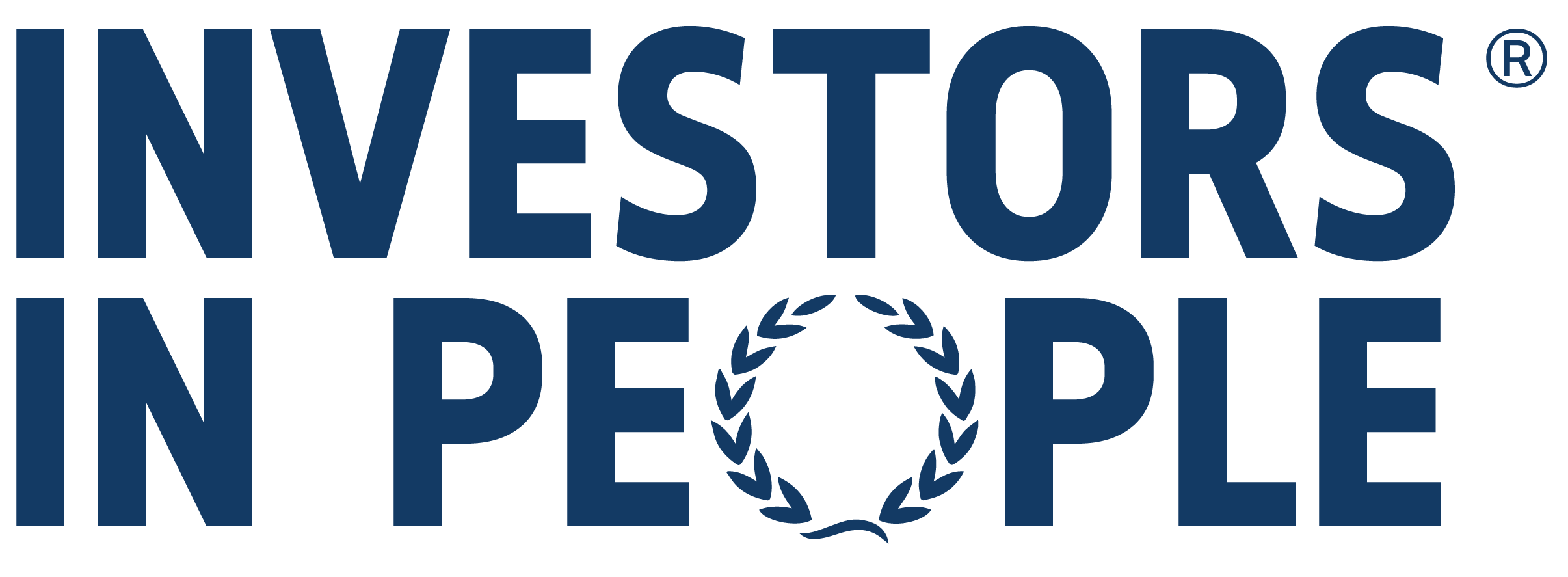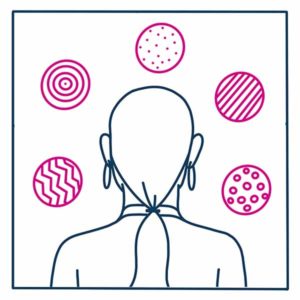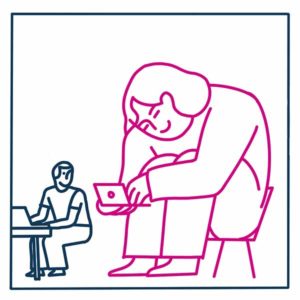1. ‘Team hiking days out’
A good activity does more than one thing. Team hiking days out are a great example of starting with physical health whilst also supporting mental and social health. Yes, you’re getting out of the office, moving around and being more active. Add to that studies showing that even a short walk can significantly improve your mood. And then you get to enjoy each other’s company, not across the table in a stuffy meeting room!
2. ‘Digital wellbeing programme’
“No one is left behind”. Using a digital wellbeing programme that lets people cheer each other on when they run a mile, eat a healthy meal or take time with friends creates a supportive environment and ‘gives permission’ to prioritise your own health.
3. Contributing to the costs for specific courses, like mindfulness.
People need different things from a wellbeing programme because they’re at different places in their lives and careers. Asking your people what they need before creating wellbeing policies is key to getting it right. Once your programme is in in place, check in with your people regularly so see if people are taking up the offer and if not, why not. By creating regular opportunities for everyone to feed in you can be agile and responsive to what your people need.
4. Link your flexible working policy & wellbeing approach
“Our flexible working policy and wellbeing approach are linked because our people know best when it comes to their work-life balance”
Using existing structures like your flexible working policy to encourage people to adjust their hours for a range of activities that support their health puts people in control to manage their workload and home. This company recognised that being able to go to everything from school plays to doctors’ appointments was what their people needed. Other companies have even introduced 9-day fortnights, with people opting to work slightly longer hours for a full day off every 2 weeks.
5. ‘It starts with our leaders’
Nearly all of the people who entered our awards talked about the importance of a ‘top-down approach’ and needing senior team members to engage to make it work.
Really, we’re asking the people with the most power to use that to show their vulnerability and take the time to care for their own health. Because that’s what gives the rest of us permission to do the same.
1 in 5 people we spoke to during our job exodus research felt like work was negatively impacting their health, so it’s not surprising that 1 in 2 people are planning on finding a new job in 2020. Being able to reduce stress for everyone at work is one way to make people happier and healthier, and also a good way to retain your people.
You can read more about what people are thinking and feeling about work in our job exodus research for 2020 here.







